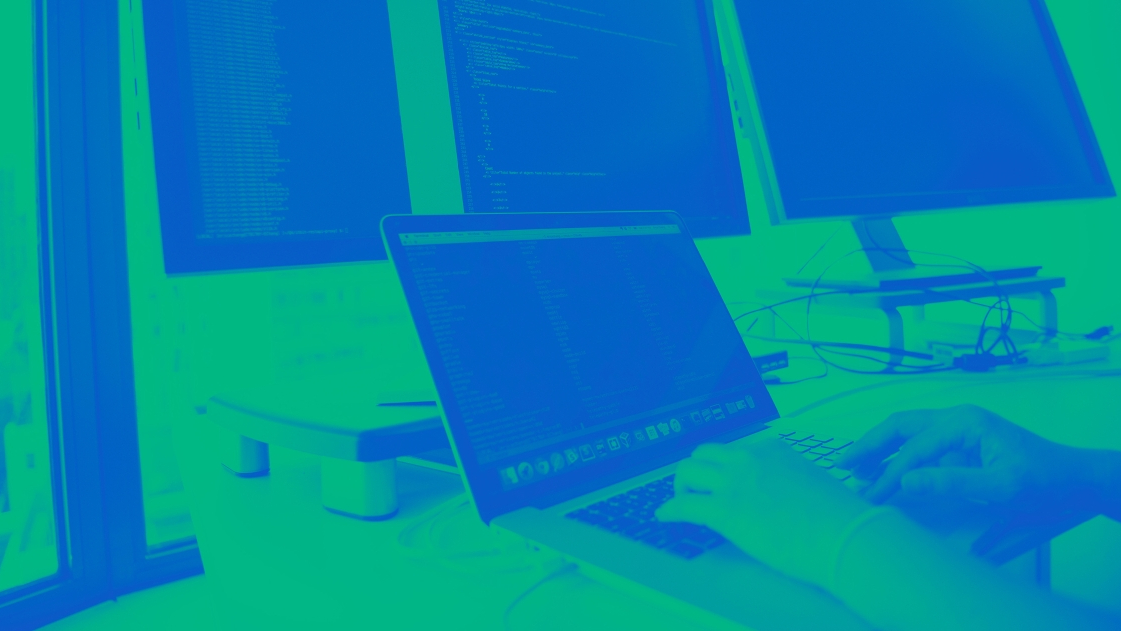
How Open Access Supports Women in Education
Every day, women and girls face barriers in education or career progression. This is caused by a range of factors, including social expectations, poverty, and poor infrastructure. Quality education for and participation in the education system by women is essential to achieving equality and fulfilling their human rights. Here, we examine how Open Access supports women in education by removing barriers and ensuring vital research is accessible.
How women and girls are excluded from education
Around the world, young women and girls face barriers accessing and participating in education. In some areas, as many as 48.1% of girls remain out of school. This causes a range of negative impacts for not only them as individuals but society as well.
For example, not having access to education can impact how informed someone is about nutrition and healthcare and makes them less likely to participate in the formal labour market. For society, a 2018 World Bank survey estimates that “limited educational opportunities for girls … costs countries between $15 trillion and $30 trillion in lost lifetime productivity and earnings”.
These barriers are influenced by various factors:
- Gender biases and expectations about how women should live and behave influence society and infrastructure.
- Poverty is a highly important factor for whether girls and women can access education and for how long.
- Violence inside or outside of education can prevent girls and women from accessing or participating.
Tackling these barriers and ensuring there is a conducive environment for girls and women to participate in education is highly important.
Improving women’s education
The United Nation’s Sustainable Development Goal (SDG) 4 aims to “ensure inclusive and equitable quality education and promote lifelong opportunities for all”. Improving women’s education helps meet many more SDGs by causing many knock-on effects:
- Reducing poverty and hunger (SDGs 1 and 2);
- Improving health and wellbeing (SDG 3);
- Ensuring decent work and economic growth (SDG 8).
Addressing inequalities and improving access supports the economy, boosts health, and improves wellbeing. But why is it not being adopted more widely?
Addressing the barriers to women’s education revolves around complex issues that intersect with broader and more deeply entrenched beliefs. For example, discriminatory gender norms and harmful practices need challenging. This requires a large movement with backing from researchers and governments and also a desire for change in society.
Further, there may need to be infrastructural improvements like building transport for distance-related barriers, establishing Internet access through technological centres, and introducing menstrual hygiene management services.
Alongside the many barriers for women accessing education, women in higher education face many challenges too that stem from similar biases and expectations.
Challenges for women in higher education
In recent years, there are more women in leadership roles in higher education institutions and in roles across various departments and disciplines.
However, pressures stemming from societal expectations and gender biases still impact women in higher education. Movements have emerged with hashtags like #momademia and #womeninSTEM on social media to spread awareness of the challenges faced by academic women from around the world.
These challenges often revolve around caring responsibilities, insecure work and unrealistic workloads, and systems that do not privilege diversity and inclusion. Moreover, an article in the MDPI journal Publications found that women are reported to publish less, are at a citation disadvantage, and are still underrepresented in many disciplines and senior positions in academia.
How can Open Access help address the barriers to women’s education and the challenges women participating in education face?
How can Open Access support women’s education?
The above-mentioned Publications study explores how Open Access (OA) is benefitting women in academia.
The research found that OA provides a positive increase for women’s research output and visibility, with women having more first or corresponding authorship positions on OA articles.
One of the most widely discussed benefits of OA is the citation advantage. This refers to OA papers having a greater reach than paywalled ones. This simply stems from the fact that anyone, anywhere can access OA research. Increased clarity about reuse and less barriers for readers mean people are more likely to engage with and cite the work.
Sharing research openly increases the profile of female scholars by increasing their visibility.
Women are at the forefront of the OA movement and have taken on leadership roles advocating for OA, including Heather Joseph, Eva Mendez, and Marta Teperek, all of whom we discussed in our article Leading Female Voices in Open Access Publishing.
Open education resources
The costs of accessing academic resources are increasing drastically. For example, textbooks have risen in price by 414% over the last 30 years, which is more than double the rate of inflation. Similarly, paywalled journals with high subscription costs are difficult for academics to access unless they are affiliated with a higher-income university.
OA makes research freely accessible online, allowing academics to stay up to date with research in their fields without incurring costs. Moreover, it increases access for other professionals, like lawyers, health professionals, and teachers.
It’s worth noting that OA extends out to other educational materials, such as books, courses, databases, and more. OA can make books freely available to the public without the traditional barriers of access, such as purchase costs or restrictive licensing agreements.
This ensures that decision making, planning, resourcing, and policy making can be informed by leading research without having to dedicate large amounts of financial resources to accessing this research.
Research on removing education barriers
Improving access is important, but there needs to be change on a societal level. This will require a broader movement from governments, researchers, and ordinary people. Research can support this.
By publishing research on removing education barriers and improving access openly, other scholars can build on cutting-edge findings more easily because of the benefits of OA:
- Avoids the duplication of research and speeds up the production of new material.
- Ensures crucial information about trends and outcomes is accessible for those who need it.
- Saves funds when allocating research budgets in lower-income countries for producing new research, applying findings, and educating and training.
- Pools expertise from diverse cultural and national standpoints to tackle long-standing issues.
- Makes sure that large amounts of data can be processed and analysed using artificial intelligence to provide new findings. We previously discussed this in our article AI is Changing Open Access Science.
- Increases opportunities for collaboration and interdisciplinary research.
In short, OA removes cost barriers to research, increases visibility and impact for women researchers, and leads to more cutting-edge research to tackle complex issues.
Supporting women’s education with Open Access
Access to quality education is a human right. Removing the barriers many women and girls face is a complex issue but one that will lead to many individual and societal benefits. After this, there remain many issues for women in education that need addressing, such as biases and unrealistic expectations.
Open Access supports women’s education by improving access to educational materials and resources. This includes academic journals, courses, textbooks, and databases. It means anyone can benefit from cutting-edge insights and not be restricted from knowledge.
Speaking to MDPI’s Editorial Engagement Manager
We spoke to Damaris Critchlow, Editorial Engagement Manager, on how Open Access and open science more broadly amplify women’s voices.
She described how there are ‘other ways of doing Open Access’. This involves engaging with OA to undo the structures that have led women and other marginalised people to be published or cited less.
Doing openness differently
Critchlow cited an article by Rebekka Kiesewetter at Coventry University entitled Undoing Scholarship: Towards an Activist Genealogy of the OA Movement.
The article addresses the ways women do openness differently. Two examples provided include Triple Jeopardy and Kitchen Table: Women of Color Press, which both openly put the struggle of women in colour of the US in dialogue with global struggles.
These publications were dedicated to sharing their vision of tackling the marginalisation of knowledge in and outside of academia. They disseminated other forms of knowledge among different communities, allowing for new relationships and collaborations to form.
This, Damaris Critchlow explained, is ‘doing’ openness differently. She concluded
So Open Access is not just about accessibility in and of itself—it is a movement and opportunity for inclusivity, equity, and transparency. At its core, it seeks to democratize knowledge, ensuring that the process of creating and sharing insights leaves no one behind.
Initiatives for women in science
Critchlow also put a spotlight on some leading international initiatives that are empowering women in science:
- UNESCO’s Gender Equality in Science Policy: aims to address gender disparities in STEM fields by advocating for structural changes.
- Athena Swan Charter (UK): supports gender equality and diversity in research and academic institutions.
- European Commission’s Horizon Europe Gender Equality Plan: requires organisations to have a gender diversity strategy to apply for Horizon Europe funding.
- L’Oréal–UNESCO For Women in Science Program: offers grants and fellowships to recognise and support female scientists,
- Global Research Council’s Gender Working Group: promotes gender equality in research and innovation policies globally.
MDPI is committed to tackling the SDGs
MDPI is committed to tackling the SDGs and has a range of initiatives to support them.
Preprints.org is our service for publishing early versions of research that are not peer-reviewed and report on either ongoing or complete research. Further, we have a portfolio of over 400 journals committed to publishing cutting-edge research.
For example, Education Sciences covers a broad range of topics with research produced by leading educational researchers. Since its establishment in 2011, it has achieved a 2.5 IF (Q1 Education and Educational Research) and a 4.8 CiteScore (Q1 Education; Q1 Physical Therapy, Sports Therapy and Rehabilitation).
See our full list of journals if you want to learn more. Also, if you want to learn more about Open Access, see our article Why Open Access is Important for more.










